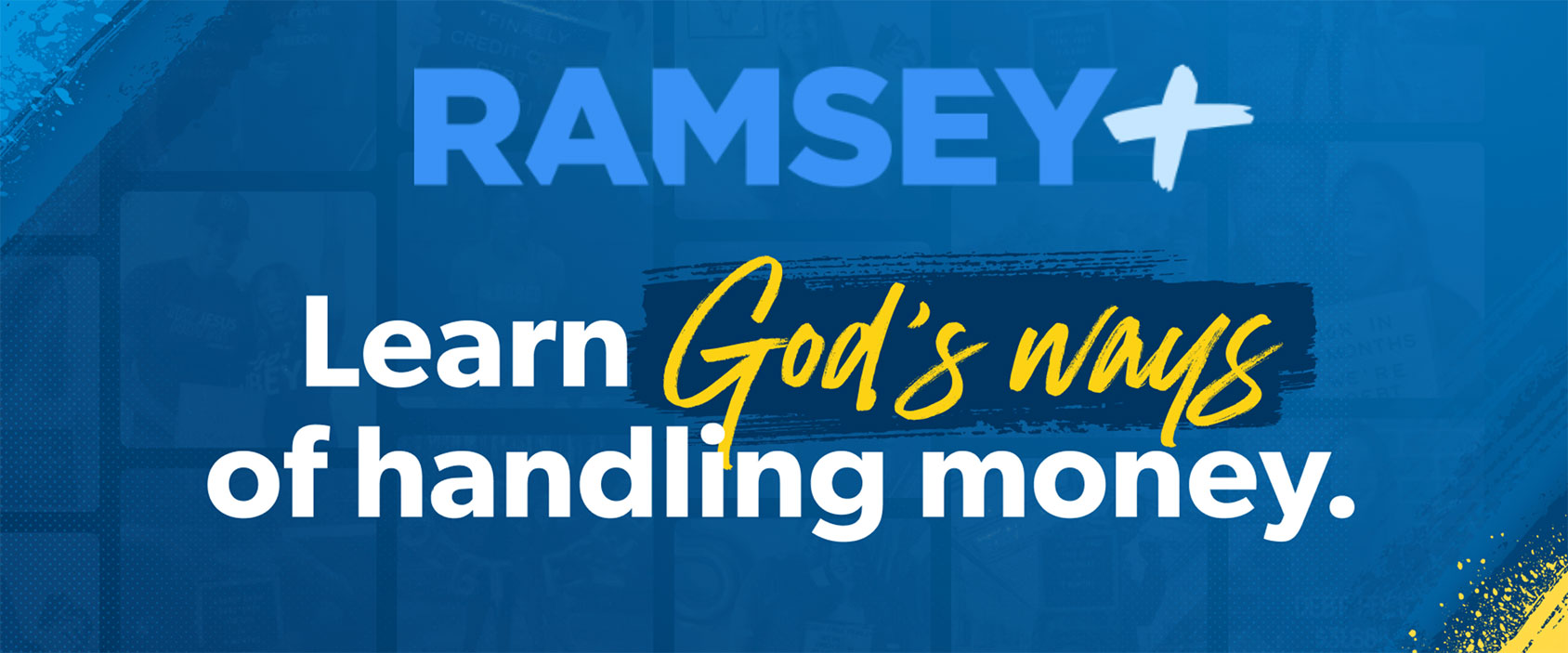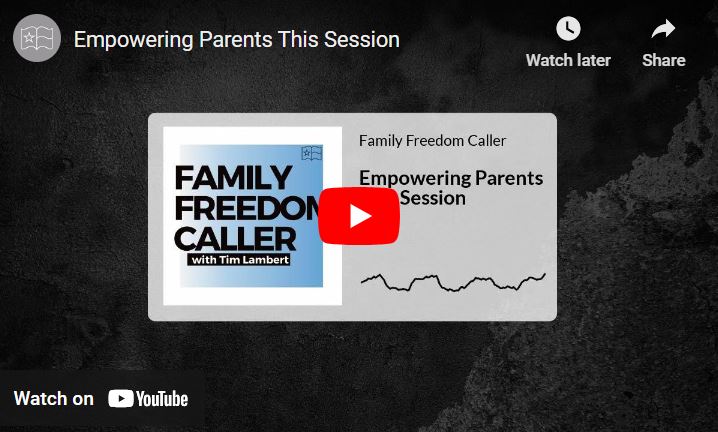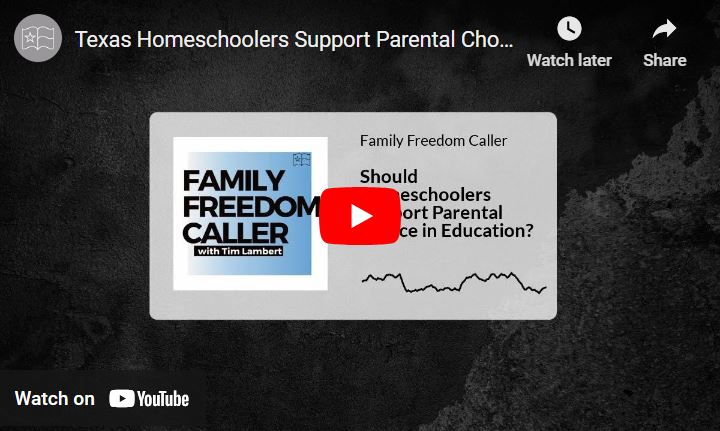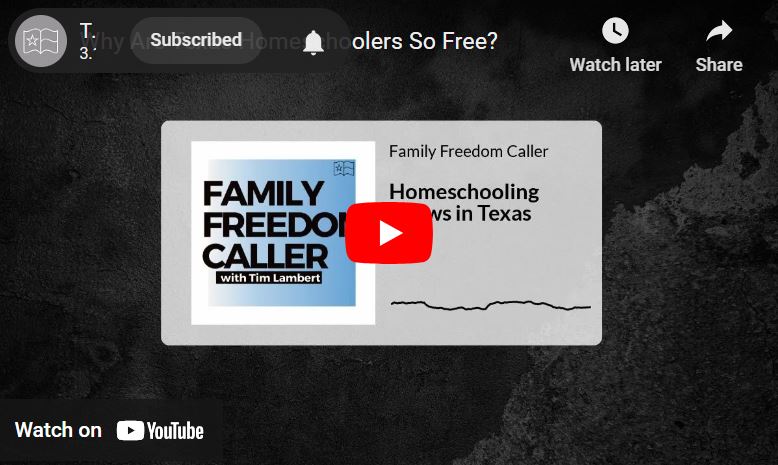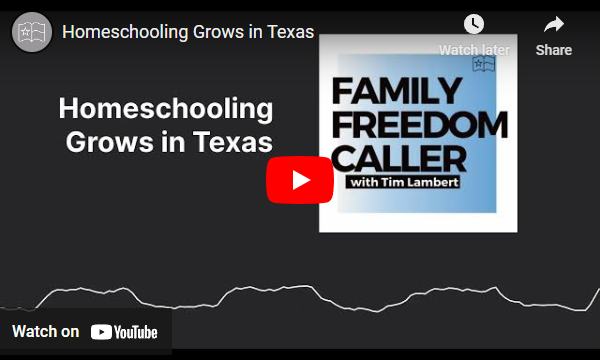By Peggy Ployhar
Do you have a child with dyslexia? There are a variety of perspectives about what causes the challenges experienced by a person with dyslexia. What you believe causes dyslexia influences what you determine is the appropriate and effective response.
My husband and I have walked the road of dyslexia with three of our sons who are dyslexic. We know firsthand that finding effective help can be frustrating and confusing, since there are many options to choose from!
But before we jump in, I do recommend exploring fully to ensure that your student, in fact, has dyslexia. Other conditions can mimic dyslexia and with some effort, you may even find that what you thought was dyslexia can be effectively reduced or eliminated.
How Do Dyslexic Thinkers See Their World?
Dyslexic thinkers experience a lower-than-typical threshold at which they become confused. There are a myriad of things that affect that threshold. They are usually extremely sensitive to their environment. Two-dimensional symbols on a page (which can be easily manipulated in their mind) such as letters and numerals can also be a problem.
Environment can be important:
- Is your home loud and chaotic?
- Is the student’s study environment disorganized by some cause that is not easily remedied?
- Does your student have good sleeping habits and healthy eating habits?
- Is your child getting enough hydration throughout the day?
- Are family relationships, a new baby or a move causing undue stress in the home?
All of these things can affect our children’s ability to learn with ease. If you add in a diagnosis of dyslexia, it’s even more challenging.
It is especially important for dyslexic individuals to have an understanding of a concept. These are not children who enjoy or do well with rote memorization.
They are typically confused by words for which they have no picture. For example, these are words such as: the, from, of, to, through, and was. When reading, they often substitute one of these words, referred to as trigger words, for another, or they might leave the word out altogether because they don’t even see it on the page.
How a Dyslexic Person Problem-Solves
When dyslexic individuals become confused, they rely on their powerful imaginations to resolve the confusion for them. It’s as if they go off in their heads and examine the situation, word and/or concept from all different angles to figure it out. (Think 3D computer animation in your head.) Remember that picture thinking is extremely fast, so this all happens in a matter of moments, usually without their awareness.
This creates a problem, however. When they are off in their imaginations, they no longer accurately perceive the true conditions around them. They are disoriented. Their sense of time speeds up or slows down, their balance can suffer and they become clumsy. The brain is no longer receiving accurate information. It gets what it thinks it hears and sees. Their perception of symbols on the page (letters and words) is distorted, and all these misperceptions are perceived as reality.
Because the disorientation makes their perceptions no longer accurate, they make mistakes and have more difficulty understanding.
Harnessing the “Handicap”
All of us experience disorientation at some time or another. Think of when you were a child and you sat in a swing and wound it up. You lifted your feet off of the ground and the swing quickly unwound. When you stood up again with your feet on the ground then the world was spinning—or so you thought. It wasn’t really spinning, but you experienced that as reality, and all the logic in the world couldn’t change that.
Likewise, our dyslexic thinkers need help in harnessing their imaginations and learning to make it work for them rather than against them.
How to Help Dyslexic Students Learn
Some dyslexic kids will respond well to a specialized reading instruction program or an Orton-Gillingham-based phonics program, which systematically presents the phonics rules through direct instruction with lots of practice and a multi-sensory component. (Personally, I think all children deserve the opportunity to learn to read in this thorough manner.) Children who don’t struggle with reading still benefit from this comprehensive approach, and struggling readers have more tools to learn successfully.
Other kids will benefit from colored overlays to remedy any perceptual processing problems that could be causing difficulty reading. Some benefit from cognitive training or a neuro-developmental approach. These are just a few of the common approaches to helping a person with dyslexia succeed.
The point is that not all students with dyslexia need the same intervention, because not everyone with dyslexia thinks and processes information in exactly the same way. Furthermore, some persons with dyslexia experience challenges that are more severe than others.
There is no one-size-fits-all answer, and I encourage you to be wary of anyone who tells you there is. Be a student of your loved ones with dyslexia. Help them to be students of themselves.
I suggest that you read widely on the topic in order to gain a full picture. Additionally, there are many things that can affect our children’s ability to learn easily; a diagnosis of dyslexia is not the only thing!
Persons with Dyslexia Think Spatially and Relationally
But when deciding how to help your child, consider more than just a struggle with reading, which is a symptom of a collection of traits common to a dyslexic thinker. A dyslexic person thinks in pictures or images as opposed to the more traditional learner who thinks in words. Picture thinking is extremely fast compared to thinking in words.
Instead of linear, sequential thinking, dyslexics are global thinkers, spatially or relationally. They are our innovators and inventors who see connections between unlikely things that come together in never-before-imagined ways. This type of thinking often brings with it a vivid imagination—one that often causes the person to perceive as real what she sees or feels in her imagination.
It is possible for dyslexic individuals to learn to control the place from which they are viewing their world, which is the first tool for thriving in a world of print.
This perspective was conceived by Ron Davis (who is dyslexic) and is explained in detail in his enlightening book called “The Gift of Dyslexia.” I encourage you to read it and see if you recognize your child in its pages.
THSC membership offers supports to families homeschooling children with special needs, including a THSC-exclusive, the IEP Generator. Also, check out our extensive content in the Special Needs Nook and Special Needs Resources on HomeEducator.com.
Peggy Ployhar, THSC Lead Writer and SPED Homeschool Founder & CEO
Peggy Ployhar, SPED Homeschool Founder & CEO, is a leader in the special education homeschooling community and a frequent writer and speaker on specialized education homeschooling issues.
By Peggy Ployhar
Do you have a child with dyslexia? There are a variety of perspectives about what causes the challenges experienced by a person with dyslexia. What you believe causes dyslexia influences what you determine is the appropriate and effective response.
My husband and I have walked the road of dyslexia with three of our sons who are dyslexic. We know firsthand that finding effective help can be frustrating and confusing, since there are many options to choose from!
But before we jump in, I do recommend exploring fully to ensure that your student, in fact, has dyslexia. Other conditions can mimic dyslexia and with some effort, you may even find that what you thought was dyslexia can be effectively reduced or eliminated.
How Do Dyslexic Thinkers See Their World?
Dyslexic thinkers experience a lower-than-typical threshold at which they become confused. There are a myriad of things that affect that threshold. They are usually extremely sensitive to their environment. Two-dimensional symbols on a page (which can be easily manipulated in their mind) such as letters and numerals can also be a problem.
Environment can be important:
- Is your home loud and chaotic?
- Is the student’s study environment disorganized by some cause that is not easily remedied?
- Does your student have good sleeping habits and healthy eating habits?
- Is your child getting enough hydration throughout the day?
- Are family relationships, a new baby or a move causing undue stress in the home?
All of these things can affect our children’s ability to learn with ease. If you add in a diagnosis of dyslexia, it’s even more challenging.
It is especially important for dyslexic individuals to have an understanding of a concept. These are not children who enjoy or do well with rote memorization.
They are typically confused by words for which they have no picture. For example, these are words such as: the, from, of, to, through, and was. When reading, they often substitute one of these words, referred to as trigger words, for another, or they might leave the word out altogether because they don’t even see it on the page.
How a Dyslexic Person Problem-Solves
When dyslexic individuals become confused, they rely on their powerful imaginations to resolve the confusion for them. It’s as if they go off in their heads and examine the situation, word and/or concept from all different angles to figure it out. (Think 3D computer animation in your head.) Remember that picture thinking is extremely fast, so this all happens in a matter of moments, usually without their awareness.
This creates a problem, however. When they are off in their imaginations, they no longer accurately perceive the true conditions around them. They are disoriented. Their sense of time speeds up or slows down, their balance can suffer and they become clumsy. The brain is no longer receiving accurate information. It gets what it thinks it hears and sees. Their perception of symbols on the page (letters and words) is distorted, and all these misperceptions are perceived as reality.
Because the disorientation makes their perceptions no longer accurate, they make mistakes and have more difficulty understanding.
Harnessing the “Handicap”
All of us experience disorientation at some time or another. Think of when you were a child and you sat in a swing and wound it up. You lifted your feet off of the ground and the swing quickly unwound. When you stood up again with your feet on the ground then the world was spinning—or so you thought. It wasn’t really spinning, but you experienced that as reality, and all the logic in the world couldn’t change that.
Likewise, our dyslexic thinkers need help in harnessing their imaginations and learning to make it work for them rather than against them.
How to Help Dyslexic Students Learn
Some dyslexic kids will respond well to a specialized reading instruction program or an Orton-Gillingham-based phonics program, which systematically presents the phonics rules through direct instruction with lots of practice and a multi-sensory component. (Personally, I think all children deserve the opportunity to learn to read in this thorough manner.) Children who don’t struggle with reading still benefit from this comprehensive approach, and struggling readers have more tools to learn successfully.
Other kids will benefit from colored overlays to remedy any perceptual processing problems that could be causing difficulty reading. Some benefit from cognitive training or a neuro-developmental approach. These are just a few of the common approaches to helping a person with dyslexia succeed.
The point is that not all students with dyslexia need the same intervention, because not everyone with dyslexia thinks and processes information in exactly the same way. Furthermore, some persons with dyslexia experience challenges that are more severe than others.
There is no one-size-fits-all answer, and I encourage you to be wary of anyone who tells you there is. Be a student of your loved ones with dyslexia. Help them to be students of themselves.
I suggest that you read widely on the topic in order to gain a full picture. Additionally, there are many things that can affect our children’s ability to learn easily; a diagnosis of dyslexia is not the only thing!
Persons with Dyslexia Think Spatially and Relationally
But when deciding how to help your child, consider more than just a struggle with reading, which is a symptom of a collection of traits common to a dyslexic thinker. A dyslexic person thinks in pictures or images as opposed to the more traditional learner who thinks in words. Picture thinking is extremely fast compared to thinking in words.
Instead of linear, sequential thinking, dyslexics are global thinkers, spatially or relationally. They are our innovators and inventors who see connections between unlikely things that come together in never-before-imagined ways. This type of thinking often brings with it a vivid imagination—one that often causes the person to perceive as real what she sees or feels in her imagination.
It is possible for dyslexic individuals to learn to control the place from which they are viewing their world, which is the first tool for thriving in a world of print.
This perspective was conceived by Ron Davis (who is dyslexic) and is explained in detail in his enlightening book called “The Gift of Dyslexia.” I encourage you to read it and see if you recognize your child in its pages.
THSC membership offers supports to families homeschooling children with special needs, including a THSC-exclusive, the IEP Generator. Also, check out our extensive content in the Special Needs Nook and Special Needs Resources on HomeEducator.com.
Peggy Ployhar, THSC Lead Writer and SPED Homeschool Founder & CEO
Peggy Ployhar, SPED Homeschool Founder & CEO, is a leader in the special education homeschooling community and a frequent writer and speaker on specialized education homeschooling issues.


